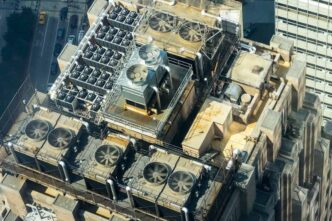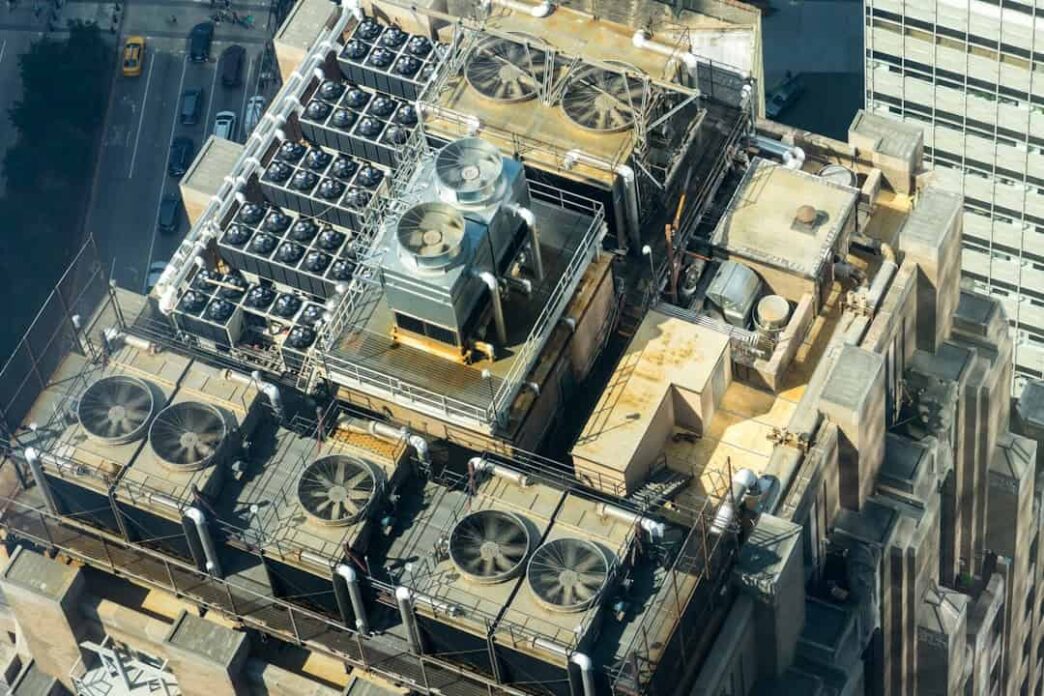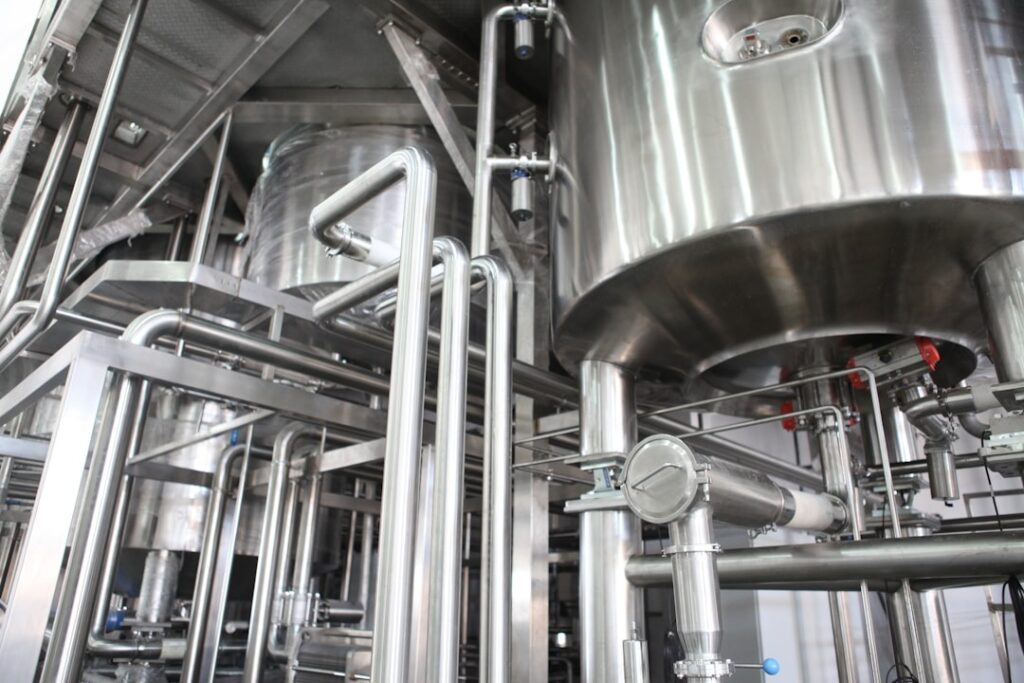Evaporative condensers represent an ingenious blending of refrigeration and air-conditioning technologies with the natural cooling process of evaporation. In industrial settings, these systems play a pivotal role in efficiently removing excess heat. By leveraging the principles of evaporation, they operate more efficiently compared to traditional air-cooled systems. Getting to the heart of how these systems function can unveil the advantages of their application in various industries. Below, we delve into the specific mechanisms at play and discuss why so many sectors rely on these cooling powerhouses.
Understanding Evaporative Condensers in Industrial Cooling Systems
An evaporative condenser is essential in industrial cooling systems for heat rejection. It uses water evaporation combined with heat exchange to cool refrigerants more effectively than air-cooled condensers. The system forms a thin water film over the coils, providing a cooler environment for the refrigerant to condense.
In this process, refrigerant gas enters the condenser coil and meets the cooled water film. As the water evaporates, it absorbs heat from the refrigerant, causing it to condense into a high-pressure liquid. This absorbed heat is released into the atmosphere with the water vapor, leaving the refrigerant at a lower temperature. These condensers are energy-efficient and cost-effective, especially in hot climates, and their compact design maximizes airflow and water circulation while saving space.
The Role of Evaporation in Industrial Condensers
Evaporative condensers use the principle of evaporation to cool refrigerants efficiently. When liquid turns to vapor, it absorbs a significant amount of energy, rapidly cooling the refrigerant. This natural process is exploited in these systems to enhance heat removal.
The large latent heat of vaporization of water makes it an excellent medium for cooling in industrial settings, as even small amounts can dissipate large amounts of heat. To maintain optimal performance, factors such as airflow, water temperature, and humidity must be carefully controlled. Water treatment and regular maintenance are also crucial to prevent scale and corrosion, ensuring the system remains effective and durable.
Key Components and Design of Evaporative Condensers
An evaporative condenser includes key components that facilitate heat exchange. The condenser coils, made of high thermal conductivity materials, allow the refrigerant to release heat efficiently to the water film. The sump collects and recirculates water, aided by pumps that maintain a continuous flow for consistent cooling, thus conserving water crucial to the system.
Cooling fans draw air through the coil to evaporate the water film and remove heat, contributing to energy-efficient performance. Drift eliminators capture and return water droplets, reducing water loss and enhancing environmental friendliness. These elements together ensure the effective and sustainable operation of the evaporative condenser.
Comparing Evaporative Condensers with Traditional Cooling Systems
When comparing evaporative condensers to traditional cooling systems, several distinctions are apparent. The main advantage of evaporative condensers is their high efficiency, especially in high-temperature conditions where air-cooled systems struggle due to their dependence on ambient air temperature. Evaporative condensers consume less energy by minimizing the need for mechanical cooling, leading to reduced electricity usage, lower operational costs, and a smaller carbon footprint—an important factor in today’s energy-conscious market.
Evaporative condensers also require less installation space than air-cooled systems, making them ideal for facilities with limited space. They are often easier and quicker to install due to their simplicity and modular design. Although evaporative condensers need more regular maintenance because of their water use, this is balanced by their longer equipment life and lower risk of overheating. Proper maintenance is crucial to keep these systems operating efficiently.
Common Applications and Industry Uses of Evaporative Condensers
Evaporative condensers are widely used in various industrial applications due to their adaptability. In large-scale refrigeration systems like those in food processing and cold storage facilities, they play a crucial role in maintaining low temperatures to preserve perishable goods. Chemical processing plants also rely on evaporative condensers for precise temperature control, essential for safe and efficient chemical reactions.
In power generation, evaporative condensers enhance thermodynamic efficiency by quickly cooling steam back into water, allowing it to be reheated and reused, which optimizes plant operations. HVAC systems in large commercial and industrial buildings use evaporative condensers to improve heat exchange efficiency. This not only boosts the building’s energy efficiency but also reduces operating costs and promotes sustainability.
Overall, evaporative condensers offer an effective solution to industrial cooling challenges. Their ability to efficiently remove heat through the process of evaporation provides significant advantages over traditional methods. With their cost-effective operation and broad range of applications, evaporative condensers stand as a vital component in modern industrial systems.












